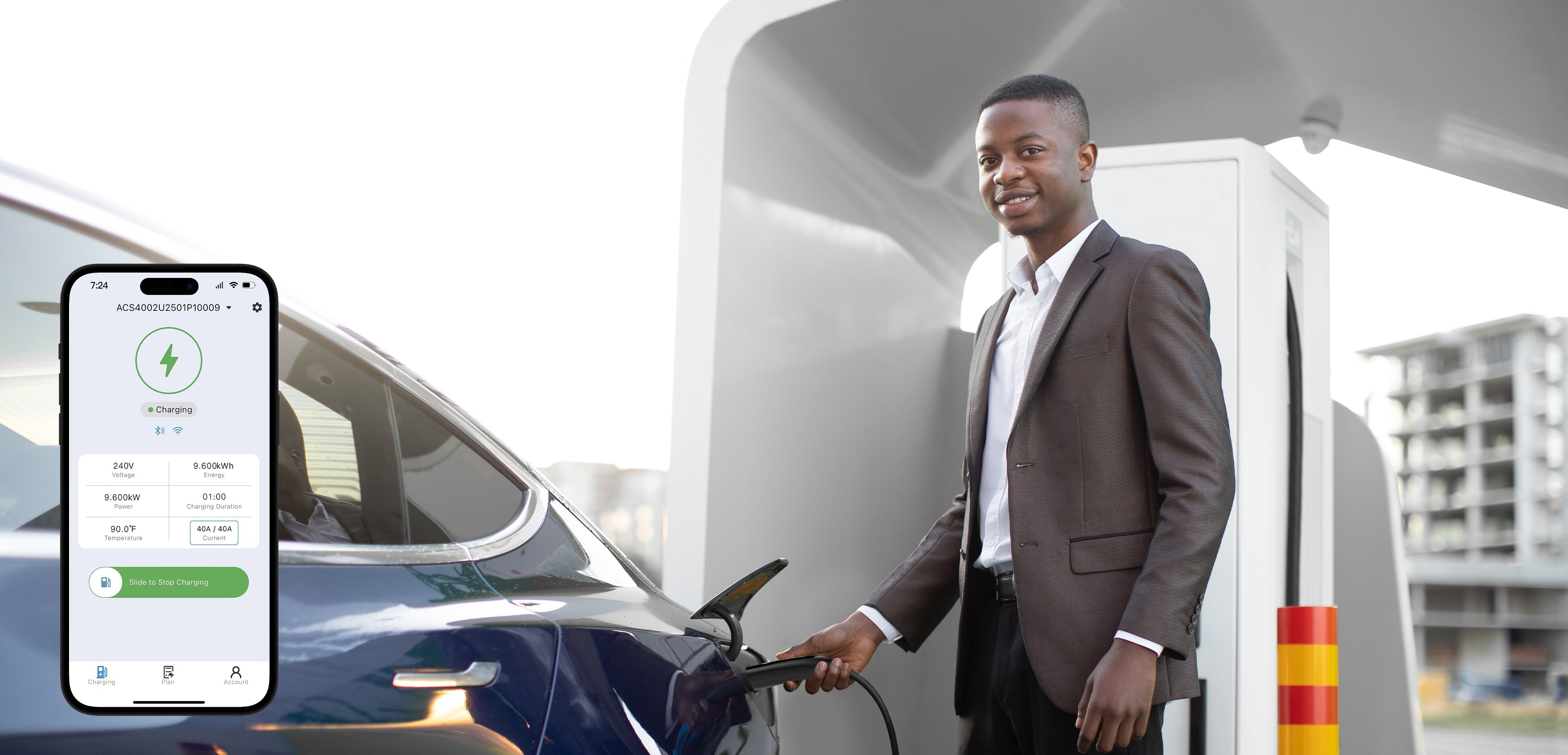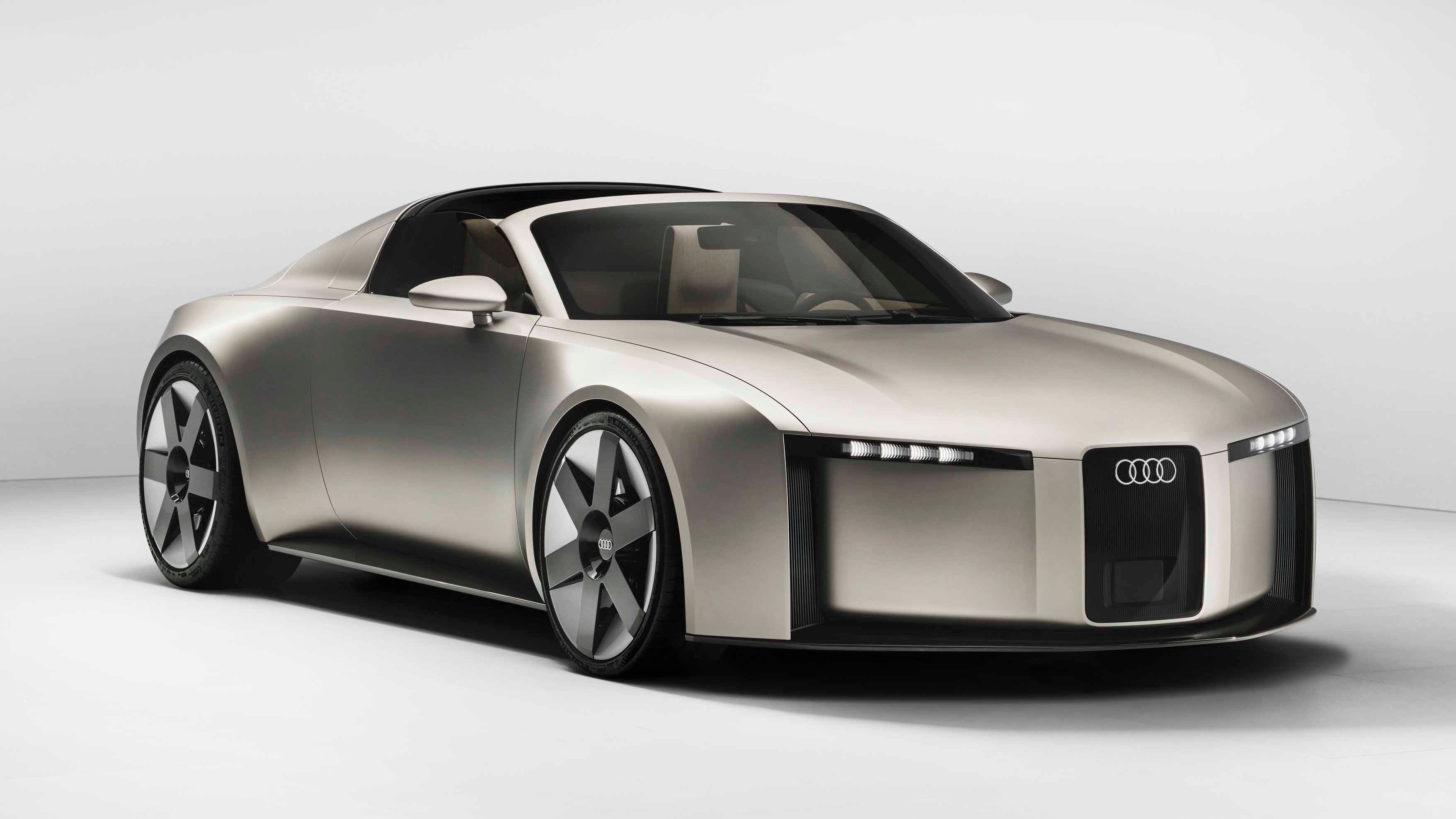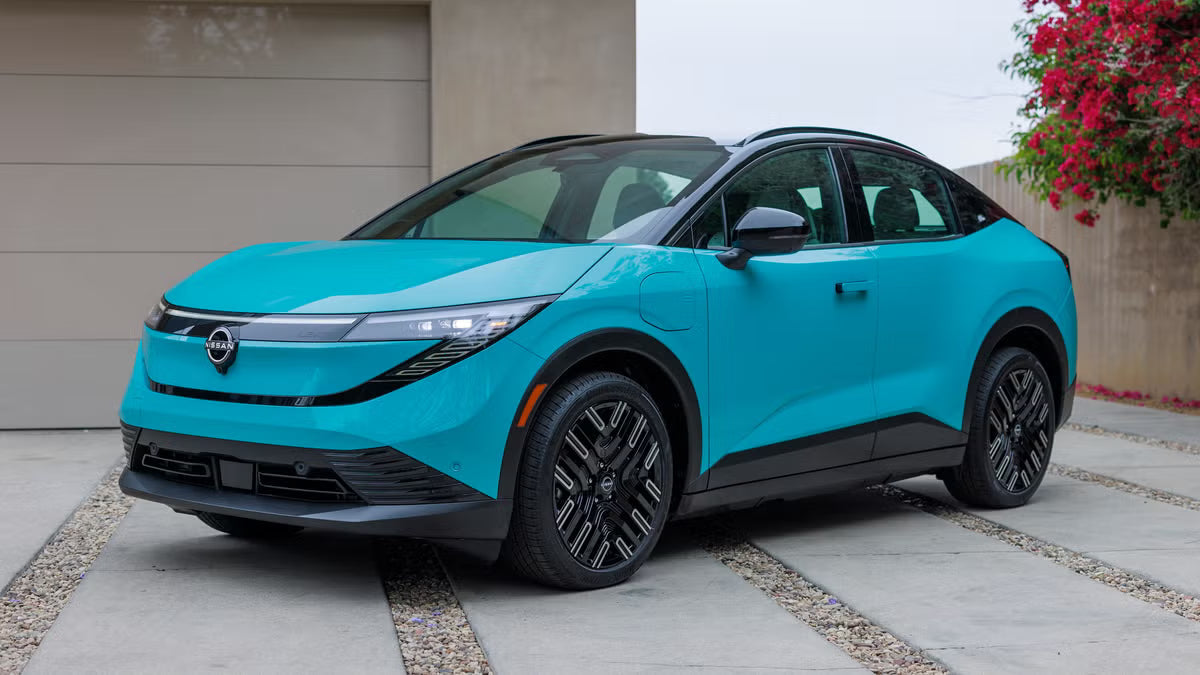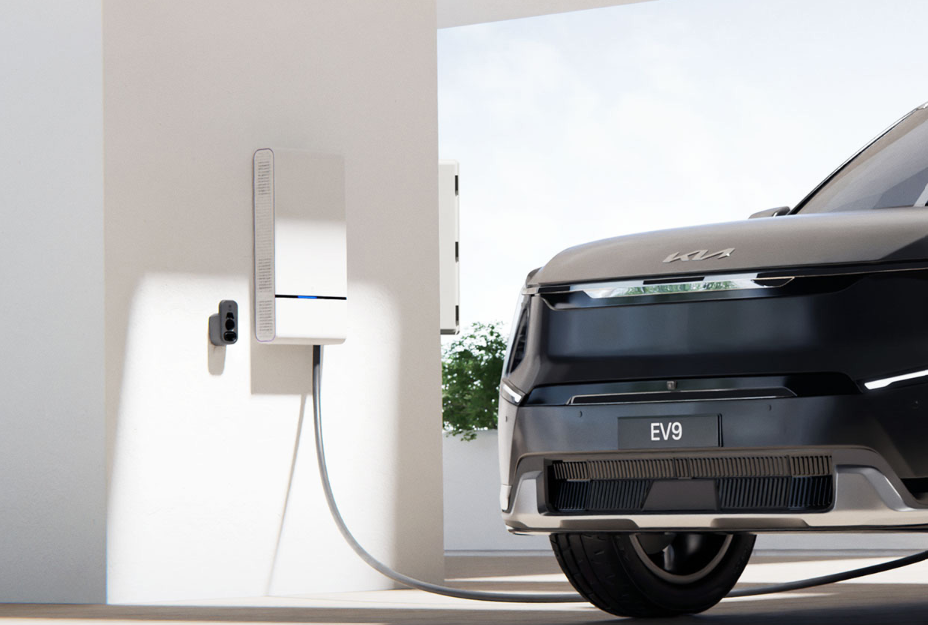Mit der zunehmenden Verbreitung von Elektrofahrzeugen in Kalifornien wird die Steuerung des Energieverbrauchs immer wichtiger – nicht nur für einzelne Fahrer, sondern für das gesamte Stromnetz des Staates. Da die Strompreisgestaltung nach Verbrauchszeitpunkt (Time-of-Use, TOU) mittlerweile weit verbreitet ist, kann das Wissen, wie und wann Sie Ihr Elektrofahrzeug laden, sowohl Kosteneinsparungen als auch eine nachhaltigere Energieversorgung bedeuten.
In diesem Artikel wird die Entwicklung der Stromtarifstruktur in Kalifornien, die aktuellen Angebote der Versorgungsunternehmen und die Frage untersucht, wie Besitzer von Elektrofahrzeugen durch intelligentes Laden Geld sparen und gleichzeitig das Stromnetz unterstützen können.
Warum TOU-Tarife für Besitzer von Elektrofahrzeugen wichtig sind
Die zeitabhängige Preisgestaltung soll den Stromverbrauch außerhalb der Spitzenzeiten fördern – also zu Zeiten, in denen die Nachfrage gering und saubere Energie leichter verfügbar ist. Für Fahrer von Elektrofahrzeugen bietet die Anpassung des Ladeverhaltens an die Spitzenzeiten folgende Vorteile:
-
Geringere Stromkosten pro Meile
-
Reduzieren Sie den Druck auf das bereits überlastete Stromnetz des Staates
-
Minimieren Sie die Umweltauswirkungen des Ladens von Elektrofahrzeugen
Kalifornien strebt an, bis 2045 eine CO2-neutrale Wirtschaft zu erreichen. Die TOU-Tarife spielen eine zentrale Rolle bei der Umgestaltung des Energieverbrauchs privater Haushalte.
🔋 Vergleichstabelle für TOU- und EV-Tarife in Kalifornien
Nachfolgend finden Sie eine aktuelle Aufschlüsselung der führenden Stromtarife für private TOUs und Elektrofahrzeuge von Southern California Edison (SCE) und Pacific Gas & Electric (PG&E), aktualisiert für Mitte 2025.
📊 Vergleichstabelle der Ladegebühren für Elektrofahrzeuge in Kalifornien (Juni 2025)
| Anbieter | Tarifplan | Spitzenzeiten | Stunden außerhalb der Stoßzeiten | Typische Kosten (pro kWh) |
|---|---|---|---|---|
| SCE | TOU‑D‑PRIME | 16–21 Uhr (werktags) | 21–8 Uhr und am Wochenende | ~0,361 $/kWh |
| SCE | TOU‑D‑PRIME‑CARE | 16–21 Uhr (werktags) | 21–8 Uhr und am Wochenende | ~0,229 $/kWh (CARE-Kunden) |
| PG&E | EV2‑A (EV-Heimplan) | 16–21 Uhr (täglich) | 12–15 Uhr (Nebenzeiten) | ~0,30–0,33 USD/kWh (außerhalb der Spitzenzeiten); E-Gallone ~1,90 USD |
Vorteile des intelligenten Ladens von Elektrofahrzeugen
Unter intelligentem Laden versteht man die Verwendung intelligenter Systeme und Geräte – oft integriert in Heimladegeräte für Elektrofahrzeuge oder mobile Apps –, die das Laden während der kostengünstigsten und nachhaltigsten Stunden planen.
Hauptmerkmale des intelligenten Ladens
-
Zeitplanung : Lädt Ihr Elektrofahrzeug automatisch außerhalb der Spitzenzeiten auf
-
Fernverwaltung : Überwachen und steuern Sie Ladevorgänge von Ihrem Smartphone aus
-
Lastausgleich : Passt die Ladegeschwindigkeit an, um Spitzenbelastungen im Netz zu vermeiden
Durch die Kombination intelligenter Ladepraktiken mit dem Wissen über die TOU-Tarife können Besitzer von Elektrofahrzeugen jährlich Hunderte von Dollar sparen und gleichzeitig die Zuverlässigkeit des staatlichen Stromnetzes verbessern.
Fallstudie: Ein typisches Smart-Charging-Szenario
Besitzer eines Tesla Model 3 mit dem PG&E EV2-A-Tarif sparen durch das Laden zwischen 12 und 15 Uhr schätzungsweise 35 % pro Monat im Vergleich zu den Spitzenzeiten. Das intelligente Ladegerät plant die Ladevorgänge automatisch über die Tesla-App, und der Benutzer erhält monatliche Berichte mit einer Zusammenfassung von Verbrauch und Einsparungen.
Zukunftsaussichten: Kaliforniens Streben nach Netzstabilität
Das kalifornische Stromnetz ist während Hitzewellen und Abenden mit hoher Nachfrage bereits erheblichen Belastungen ausgesetzt. Die California Public Utilities Commission (CPUC) befürwortet weiterhin TOU- und Demand-Response-Programme als wichtige Instrumente zur Gewährleistung der Energiestabilität.
Um Besitzer von Elektrofahrzeugen weiter zu unterstützen:
-
PG&E und SCE erweitern Rabatte für intelligente Ladegeräte
-
Für Fahrer mit niedrigem Einkommen werden neue Subventionen eingeführt, um Zugang zu Nebentarifen zu erhalten
-
V2G-Pilotprogramme (Vehicle-to-Grid) werden derzeit entwickelt, um Elektrofahrzeuge in Energiepuffer zu verwandeln
Letzte Tipps für Besitzer von Elektrofahrzeugen
-
Melden Sie sich für einen EV-spezifischen TOU-Plan an (wie SCE TOU-D-PRIME oder PG&E EV2-A).
-
Laden Sie außerhalb der Spitzenzeiten , idealerweise spät in der Nacht oder mittags
-
Installieren Sie ein intelligentes Ladegerät der Stufe 2 (z. B. EVDANCE Pulse Fusion für erweiterte Planung).
-
Verwenden Sie mobile Apps zur Überwachung der Tarife und Optimierung der Abrechnung
Während Kalifornien seine Elektrofahrzeug-Revolution fortsetzt, werden intelligente Ladesysteme und ein Bewusstsein für die TOU nicht nur aus Kostengründen, sondern auch für eine nachhaltige landesweite Elektrifizierung von entscheidender Bedeutung sein.
Autor: Lay Wen








Aktie:
Kaliforniens Stromüberlastung und die Zukunft der Zuverlässigkeit beim Laden von Elektrofahrzeugen
Was ist V2G? Vehicle-to-Grid-Technologie und ihre Rolle im EV-Ökosystem verstehen